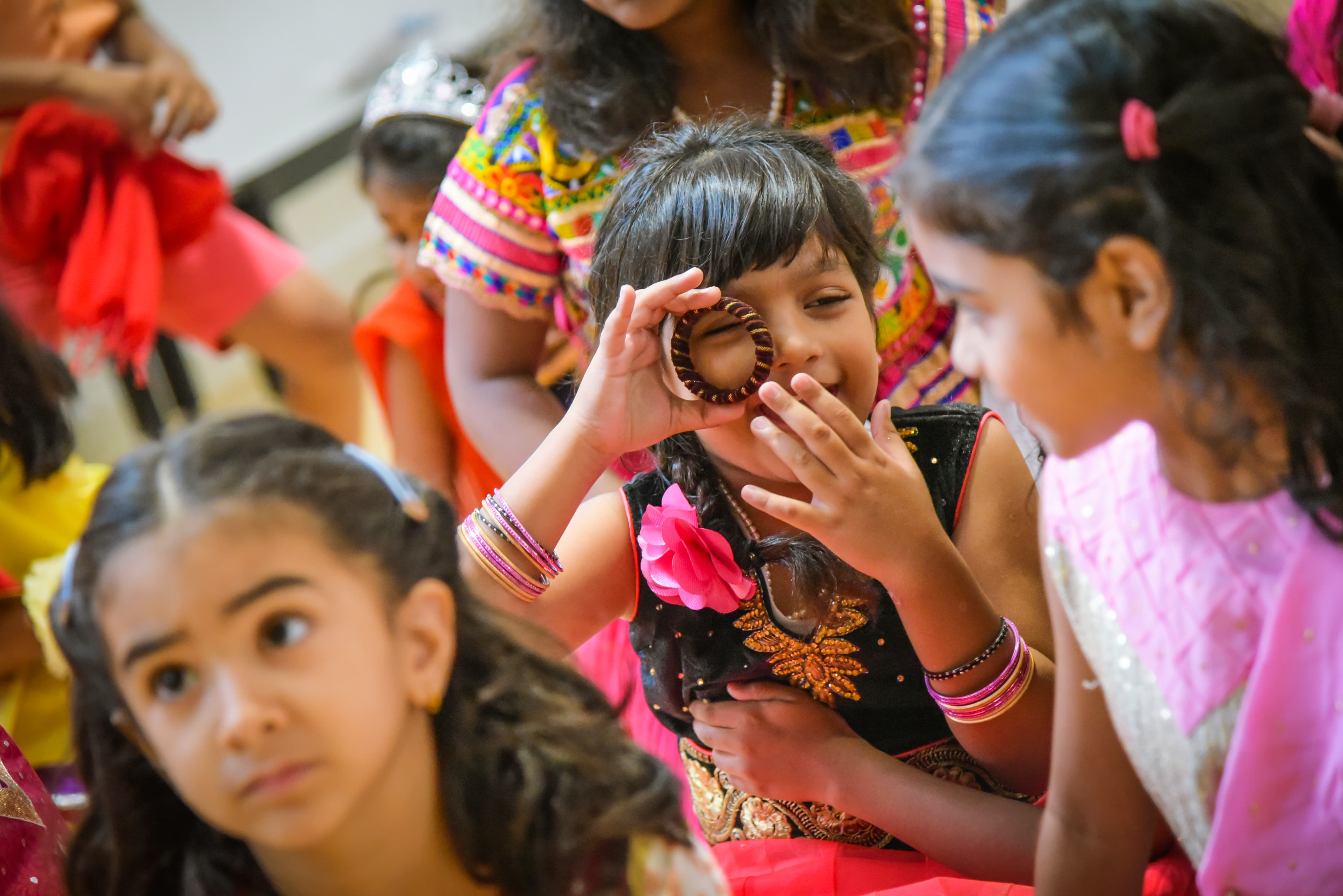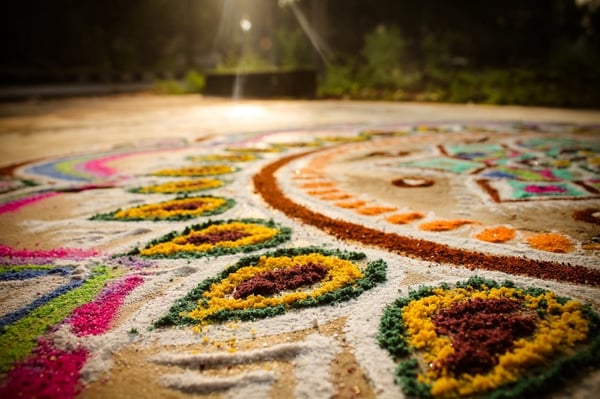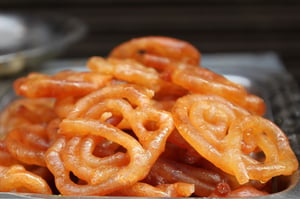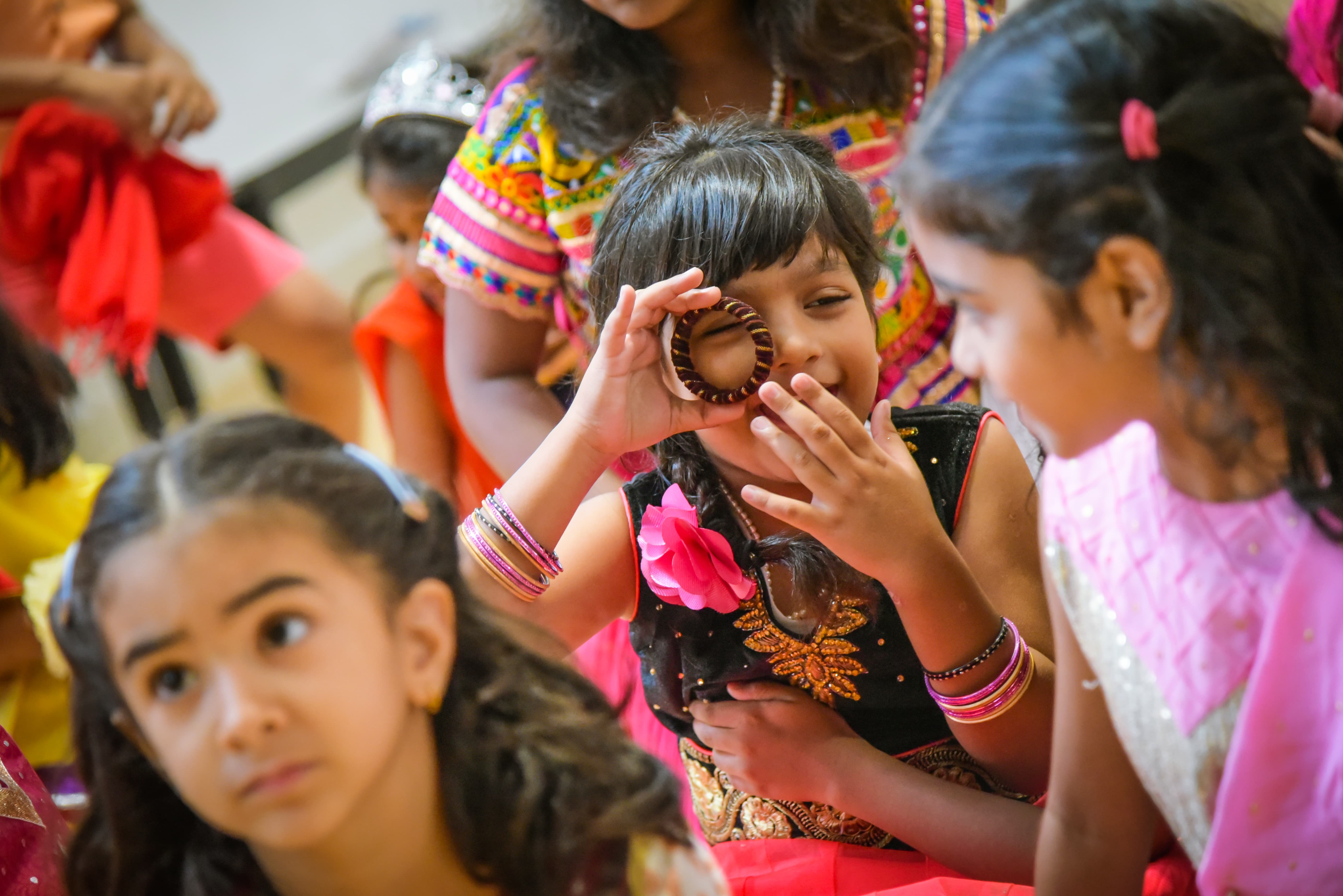
LittleLives
LittleLives Inc. is a Singaporean EdTech company that facilitates day-to-day school operations through its core mobile applications: Little Check In (preschool management), LittlePoop (infant care), and Little Family Room (parents' portal). A company seven years in the making, LittleLives has achieved the largest market share in Singapore and is proud to support more than 1000 schools across Asia with a holistic system that handles the full life cycle of a child's preschool journey.

One of the most festive times of the year is just around the corner! Your little ones are probably wondering what it is their Indian friends at school are celebrating this on November 6. Puzzled as to how you should introduce a new culture and its traditions to your children? We’re here to help you do just that through this contribution by LittleLives.
Deepavali marks the most festive time of the year across 3 major Indian religions — Hinduism, Sikhism, and Jainism. It falls on the night of a new moon in the Tamil Lunar Month of Aippasi (ஐப்பசி). Deepavali, also known as Diwali, is commonly referred to as the Festival of Lights. According to most legends that depict its origin, this day symbolises the end of a dark and fearful era and the beginning of a new age of light and hope.
Origins of Deepavali

One of the most popular legends is the one that tells the tale of Krishna, a Hindu god, and his wife, Satyabhama, defeating the demon Narakasura and ending his reign of terror over the world.
According to the legend, Narakasura, who had received a blessing from a god when he was born, could only be defeated at the hand of his mother, Mother Earth. Due to this blessing, Narakasura led a long and unhindered rule over the world. Only years later, when Mother Earth was born again as Satyabhama, could he be defeated. During a long battlebetween Krishna and Narakasura, it looked like Narakasura was going to win. This prompted Satyabhama to shoot an arrow at Narakasura, vanquishing him instantly. The people on Earth rejoiced and celebrated the end of Narakasura’s rule with sparklers, firecrackers, and bright colours. This tradition has been passed down through generations and is still practiced today.
Other legends of the origin of Deepavali include:
- The return of Lord Rama, with his wife Sita and his brother, from 14 years of exile, after he had defeated Ravana the demon ruler of Lanka. The villagers honoured their return by lighting the streets with oil lamps to symbolise the triumph of good over evil. Lanka was given the name Sri Lanka after Lord Ramaconquered the land. This is according to the epic tale, Ramayana.
- The return of the Pandavas after 13 years of exile from their kingdom, according to the epic tale, Mahabharata.
- The birth of the goddess of wealth and prosperity, Lakshmi, in Hindu mythology. On the night of Deepavali, a moonless night, devotees of Lakshmi light up their houses and the entrance of their homes to welcome prosperity and good luck.
Deepavali Traditions
Rangoli

Big, brightly coloured Rangoli patterns are created in living rooms and at the entrances of Indian homes on the morning of Deepavali. Rangoli is traditionally made from dyed rice flour, raw coloured rice, or flower petals. Often, oil lamps and tealight candles are placed on the finished Rangoli to light it up after nightfall. The rice flour and bright colours usually attract insects that come to the home to eat it; this is a tribute to the harmonious coexistence between people and animals.
If you’re feeling crafty, involve your children in a simple project and create your own Rangoli at home! For younger children, print or draw out a Rangoli pattern and let them colour it in with crayons. You can also provide them with torn up paper, sequins, beads, coloured rice, or other material to glue on and create a 3D Rangoli!
Rangoli is typically characterised by symmetrical shapes. If you have older children, let them to come up with their own symmetrical Rangoli patterns using dotted paper as a guide. Alternatively, you can draw one half of the pattern and encourage your little one to recreate that pattern on the other side of the line to finish the image.

Food
In the days leading up to Deepavali, families prepare traditional Indian delicacies to share with friends and family. You may be familiar with some of the most popular items ones.
Children learn through engaging with the object of their lesson i..e Sensory Play. So go down to Little India or your local Indian store and grab these popular snacks to give your child a tasty lesson in Indian culture!
Murukku
Murukku is a savory, crunchy snack. Its name comes from the Tamil word for “twisted” (முறுக்கு), which refers to its shape.
Jalebi
Although similar in shape to Murukku, Jalebi tastes vastly different. Jalebi is a very sweet snack made from deep-fried flour batter that is later soaked in sugar syrup.
New Clothes
One of the ways in which Deepavali is celebrated is by dressing up in new clothes. Indian clothing districts are always packed in the weeks leading up to Deepavali, with many doing last minute shopping. On Deepavali, Indians wake up early in the morning to have an oil bath, which is symbolic of spiritual and physical cleansing, and proceed to adorn themselves with new, brightly coloured clothes, jewellery, and henna to new beginnings.
This article was generously contributed by Little Lives. Visit their blog for more useful explainer posts!
SOURCES
Wikipedia
Activity Village
Indian Parenting
Happy Hooligans
PICTURES
LittleLives Inc.
Wikimedia Commons
Smithsonian Institution
Pixabay
Math Salamaders

